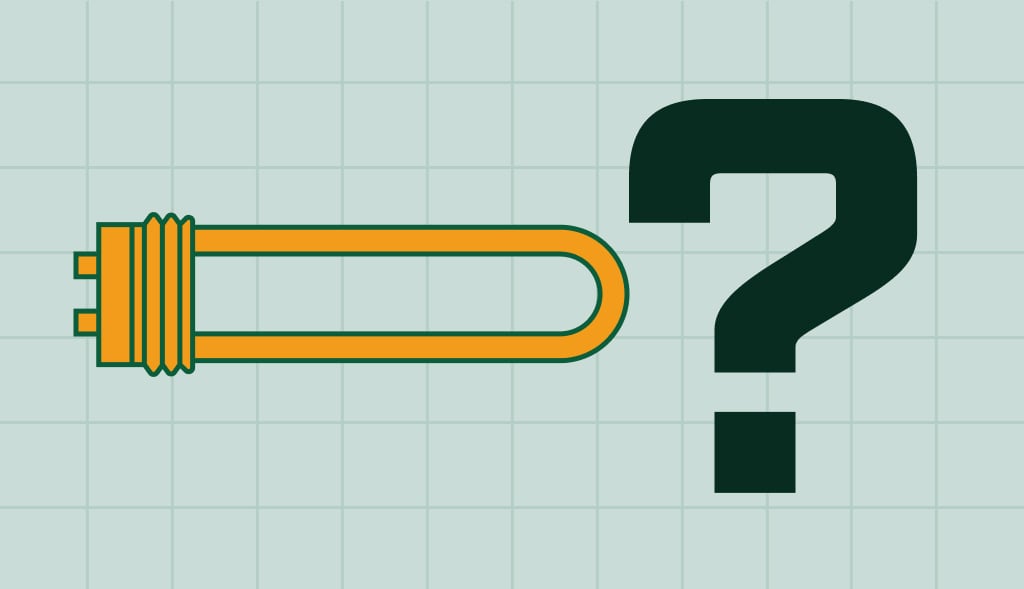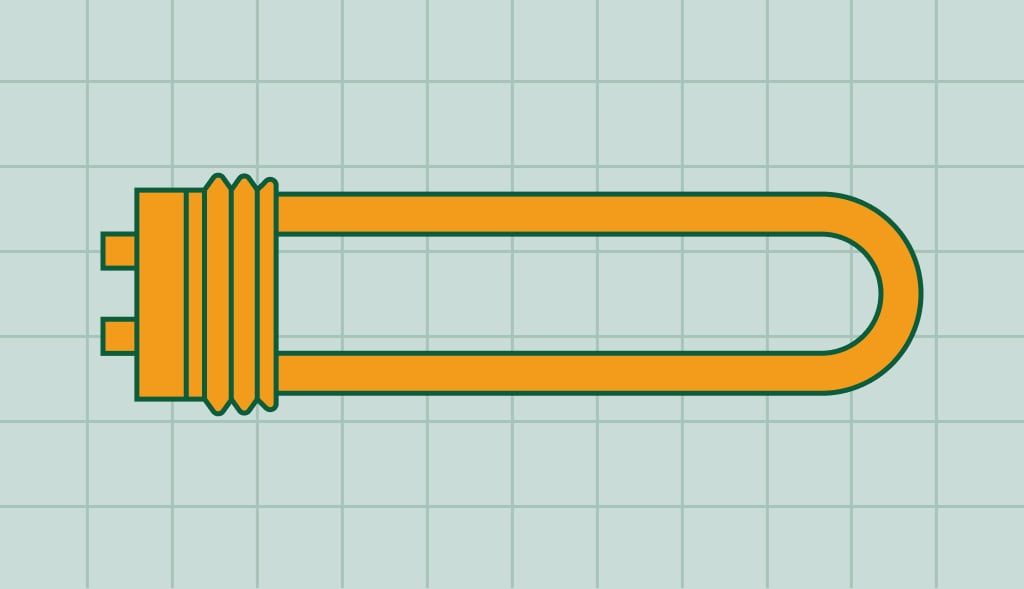How to Test a Water Heater Thermostat: A Step-by-Step Guide

The thermostat in a hot water heater plays a critical role in monitoring and regulating the water’s temperature. When it’s working efficiently, you’ll have a consistent supply of hot water. But if it malfunctions, you may experience issues with your hot water supply.
Testing your electric water heater thermostat is a crucial skill for diagnosing and troubleshooting these problems.
This article provides a step-by-step guide on how to test a hot water heater thermostat and how a Corro-Protec powered anode rod can enhance your water heater’s performance.
Understanding the Role of a Water Heater Thermostat
What Does a Thermostat Do?
A thermostat in an electric hot water heater controls the heating elements that heat the water in the tank. In most residential electric element water heaters, you’ll find two thermostats – the upper and lower thermostat.
They work together to ensure the water is heated to the desired temperature.
How Does a Thermostat Work?
The thermostat is a water heater accessory with two functions. The first is to regulate the temperature inside the tank. Thermostats control the operation of the appliance’s resistance. The product is equipped with various accessories to enable it to manage the stock of domestic hot water.
The water heater thermostat sensor detects the temperature in the tank. If there’s a difference, the part instructs the water heater’s resistance to start heating the water.
The second function of the water heater thermostat is safety. If there’s a risk of overheating, the element can disarm itself and prevent the electric resistance from heating the water. Depending on the type of thermostat , the product may operate differently.
In other words, the upper thermostat initially sends power to the upper heating element to heat the top part of the water tank.
Once the upper part is heated to the desired temperature, the upper thermostat switches the power to the lower thermostat, which controls the lower heating element to heat the remaining water.
The coding of the thermostat wiring is based on the action it performs. However, the thermostat terminals determine where the wires go.
Keep in mind, if you’re unsure on how to wire a thermostat, your system could run inappropriately which can bring issues down the line.
How to Test a Water Heater Thermostat
Preparing for the Test
Before you begin testing, safety is paramount. Make sure to turn off the power to your hot water heater at the circuit breaker. It’s essential to ensure the power is off to avoid electric shock.
Once the power is turned off, remove the protective cover or access panel to the thermostats and heating elements. You may also have to remove the insulation and plastic safety guard.
Performing the Test
To test a water heater thermostat, you’ll need a digital multimeter. Here’s a step-by-step guide to help you perform the test:
- Set your multimeter to the lowest ohms of resistance.
- Test the upper thermostat first. Place one probe on the common terminal and the other probe on the terminal that sends power to the upper heating element.
- If your thermostat is functioning correctly, the multimeter should give a reading of zero, indicating the electrical path is complete.
- To test the lower thermostat, move the probe from the upper heating element terminal to the terminal powering the lower heating element. The multimeter should give an infinite reading, indicating the electrical path is not complete if the upper thermostat is functioning correctly.
- Press the reset button on the thermostat. Move the probe back to the upper heating element terminal, and the multimeter should now give an infinite reading, meaning the power has been cut off from the upper heating element and is being sent to the lower one.
Remember, if the readings don’t match the expected results, your thermostat may be faulty and need replacement. There’s plenty of water heater thermostat available on Amazon.
Electronic thermostat
An electronic water heater thermostat is a more modern control thermostat than the bulb and rod models. It operates by means of a thermistor. The electrical resistance of this electronic device varies according to temperature. The thermistor acts as a sensor, enabling precise regulation of the water temperature.
A bulb-type safety thermostat prevents the water heater from overheating. Depending on the type of electric water heater, an electronic thermostat may include additional accessories. This is particularly the case if you have an intelligent water heater. The electronic water heater thermostat can then optimize the domestic hot water stock according to your use, thanks to another thermistor.
How a Corro-Protec Powered Anode Rod Can Help
The Role of a Corro-Protec Anode Rod in Water Heater Maintenance
While testing your water heater thermostat can diagnose some issues, you can also take proactive steps to maintain your water heater’s efficiency and longevity, like installing a Corro-Protec powered anode rod.
This device works to reduce corrosion, a leading cause of wear and tear in water heaters. By minimizing corrosion, a Corro-Protec anode rod can help prevent damage to crucial components like the thermostat or heating element, improving the overall performance and lifespan of your water heater.
Long-Term Benefits of Corro-Protec
The benefits of using a Corro-Protec powered anode rod in your water heater extend beyond just protecting your thermostat and heating elements.
By reducing corrosion, it helps prevent sediment build-up in the water heater, ensuring the efficient heating of water and the overall efficiency of your unit. This means a longer lifespan for your water heater and fewer maintenance issues in the long term.
Conclusion
Being able to test a water heater thermostat can be a handy skill. It can help you troubleshoot and potentially fix hot water heater issues without immediately resorting to professional help. However, always remember to prioritize safety when handling electrical appliances.
The addition of a Corro-Protec powered anode rod can further enhance your water heater’s performance and longevity. It sure makes it a valuable investment for any homeowner.
DISCLAIMER: The information provided is for general DIY guidance on water heater maintenance and does not replace professional advice or service. Risks include electric shocks, burns, and property damage. Prioritize safety, follow manufacturer’s guidelines, and consult with professionals if unsure. Comply with local laws and obtain necessary permits. Use this information at your own risk; the provider assumes no liability for any injuries or damages. If in doubt, hire a professional.
Blog
Hot Water Heater Thermostat: Controlling Comfort and Efficiency
The thermostat on the water heater is a small but important tool that plays role in maintaining the desired water temperature . It ensures both […]
The Fundamental Role of the Water Heater Element: Understanding Your Hot Water System
Your water heater is one of the most valuable yet underated appliances in your home. This appliance helps you: keep your showers warm, sanitize your […]

